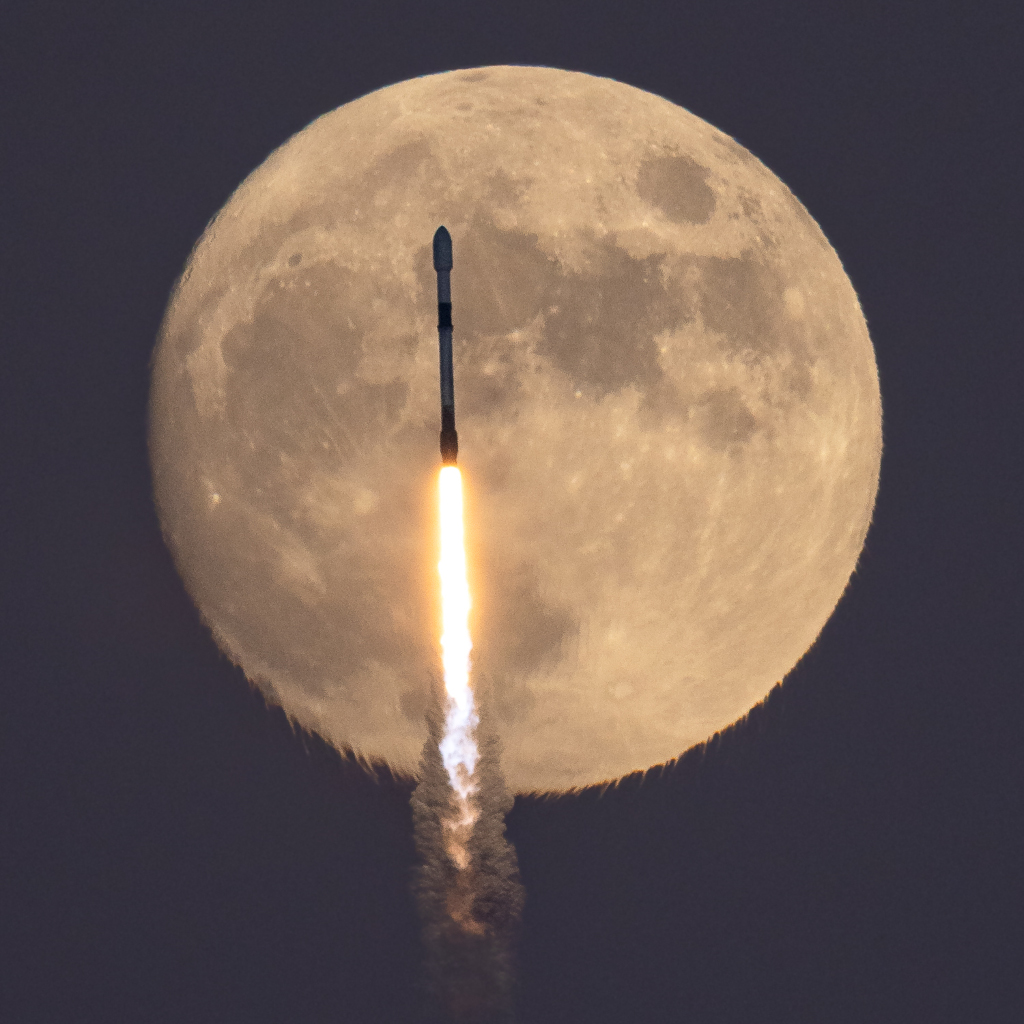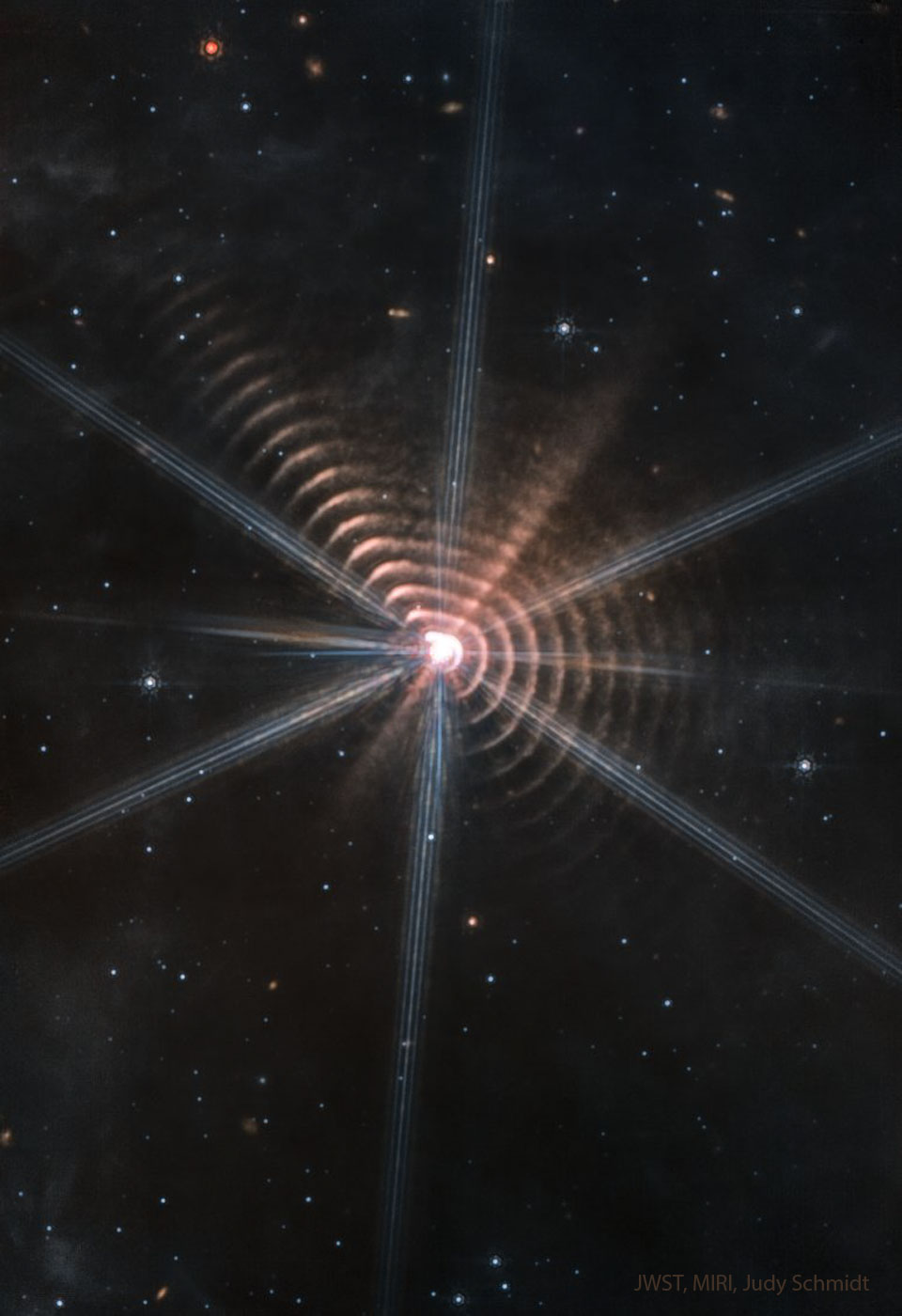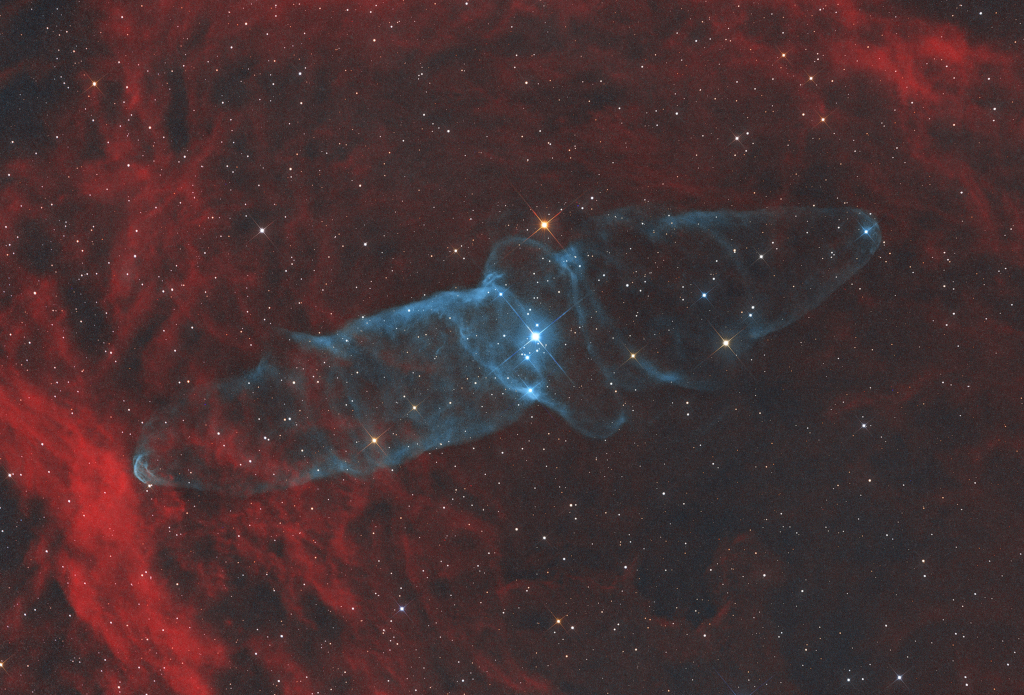안녕하세요, 잡학다식 입니다. 오늘은 과연 나사에서 어떤 방식으로 우주의 형상을 표현해 줄까요?
우선 이미지부터 볼 수 있도록 하겠습니다

해당 사진의 이름은 The Falcon and the Hunter's Moon 인데요 우선 NASA에서 공식적으로 발표한 설명들을 확인해 보겠습니다
The Full Moon of October 9th was the second Full Moon after the northern hemisphere autumnal equinox, traditionally called the Hunter's Moon. According to lore, the name is a fitting one because this Full Moon lights the night during a time for hunting in preparation for the coming winter months. In this snapshot, a nearly full Hunter's Moon was captured just after sunset on October 8, rising in skies over Florida's Space Coast. Rising from planet Earth a Falcon 9 rocket pierces the bright lunar disk from the photographer's vantage point. Ripples and fringes along the edge of the lunar disk appear as supersonic shock waves generated by the rocket's passage change the atmosphere's index of refraction.
이번에도 광활한 우주 앞에 인간이 얼마나 작은 존재인지 다시 한번 알게 되는것 같습니다
저는 내일도 더 좋은 사진과 함께 돌아오겠습니다, 그럼 행목한 하루 되시길 바랍니다
'과학상식' 카테고리의 다른 글
| NASA 나사의 오늘의 이미지들 (2022-10-18) (0) | 2022.10.19 |
|---|---|
| NASA 나사의 오늘의 이미지들 (2022-10-17) (0) | 2022.10.18 |
| NASA 나사의 오늘의 이미지들 (2022-10-13) (0) | 2022.10.14 |
| NASA 나사의 오늘의 이미지들 (2022-10-12) (0) | 2022.10.13 |
| NASA 나사의 오늘의 이미지들 (2022-10-11) (0) | 2022.10.12 |

